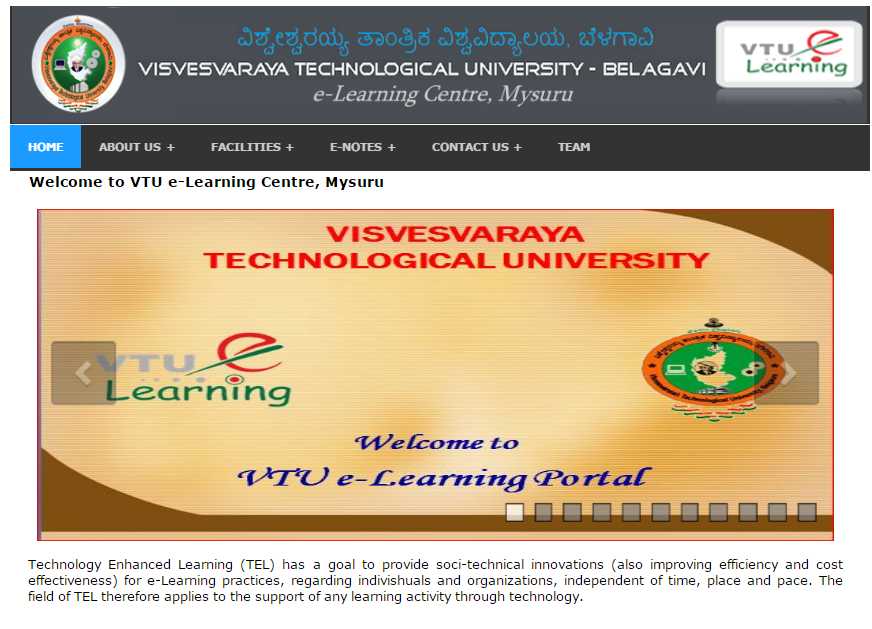

Manufacturing Technology- Foundry, Forming and Welding, P.N.Rao Tata McGraw Hill 3rd Ed., 2003.ģ. 1 and 2), Hazra Choudhry and Nirzar Roy, Media Promoters and Publishers Pvt. An Introduction to Mechanical Engineering, Jonathan Wickert and Kemper Lewis, Third Edition, 2012ġ. Elements of Mechanical Engineering, K R Gopala Krishna, Subhash Publications, 2008Ģ. Each of the two questions under a module (with a maximum of 3 sub-questions), should have a mix of topics under that module.īooks (Title of the Book/Name of the author/Name of the publisher/Edition and Year)ġ. There will be 2 questions from each module.The student has to answer for 100 marks and marks scored out of 100 shall be proportionally reduced to 50 marks.
Manufacturing process 3 vtu notes full#
The students have to answer 5 full questions, selecting one full question from each module. The question paper will have 10 questions.The medium of the question paper shall be English/Kannada). The question paper shall be set for 100 marks.Theory SEE will be conducted by University as per the scheduled timetable, with common question papers for the subject (duration 03 hours) The sum of three tests, two assignments, and quiz/seminar/group discussion will be out of 100 marks and will be scaled down to 50 marks

Group discussion/Seminar/quiz any one of three suitably planned to attain the COs and POs for 20 Marks (duration 01 hours) t the end of the 13th week of the semester.
Second assignment at the end of 9th week of the semester. First assignment at the end of 4th week of the semester. Third test at the end of the 15th week of the semester. Second test at the end of the 10th week of the semester. First test at the end of 5th week of the semester. Three Unit Tests each of 20 Marks (duration 01 hour) A student shall be deemed to have satisfied the academic requirements and earned the credits allotted to each subject/ course if the student secures not less than 35% (18 Marks out of 50) in the semester-end examination (SEE), and a minimum of 40% (40 marks out of 100) in the sum total of the CIE (Continuous Internal Evaluation) and SEE (Semester End Examination) taken together. The minimum passing mark for the SEE is 35% of the maximum marks (18 marks out of 50). The minimum passing mark for the CIE is 40% of the maximum marks (20 marks out of 50). The weightage of Continuous Internal Evaluation (CIE) is 50% and for Semester End Exam (SEE) is 50%. Automation in industry: Definition, types – Fixed, programmable and flexible automation, basic elements with block diagrams, advantages.ĭefinition and Characteristics, Physical design, protocols, Logical design of IoT, Functional blocks, and communication models.Īt the end of the course the student will be able to:ĬO1 Explain the concepts of Role of Mechanical Engineering and Energy sources.ĬO2 Describe the Machine Tool Operations and advanced Manufacturing process.ĬO3 Explain the Working Principle of IC engines and EV vehicles.ĬO4 Discuss the Properties of Common Engineering Materials and various Metal Joining Processes.ĬO5 Explain the Concepts of Mechatronics, Robotics and Automation in IoT Application, Advantages and disadvantages. Classification based on robotics configuration: polar cylindrical, Cartesian coordinate and spherical. Open-loop and closed-loop mechatronic systems. Introduction to Mechatronics and Robotics:






 0 kommentar(er)
0 kommentar(er)
